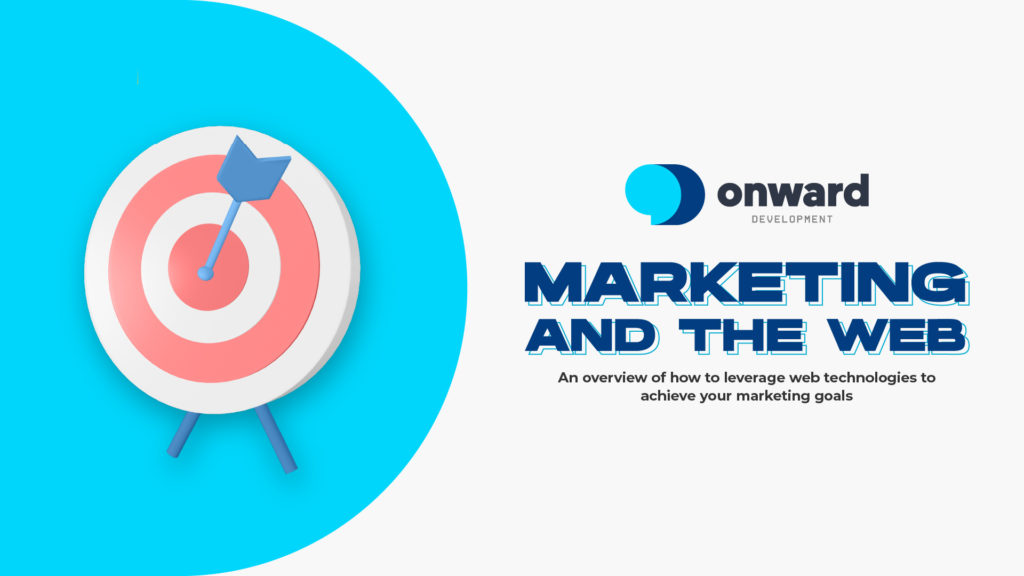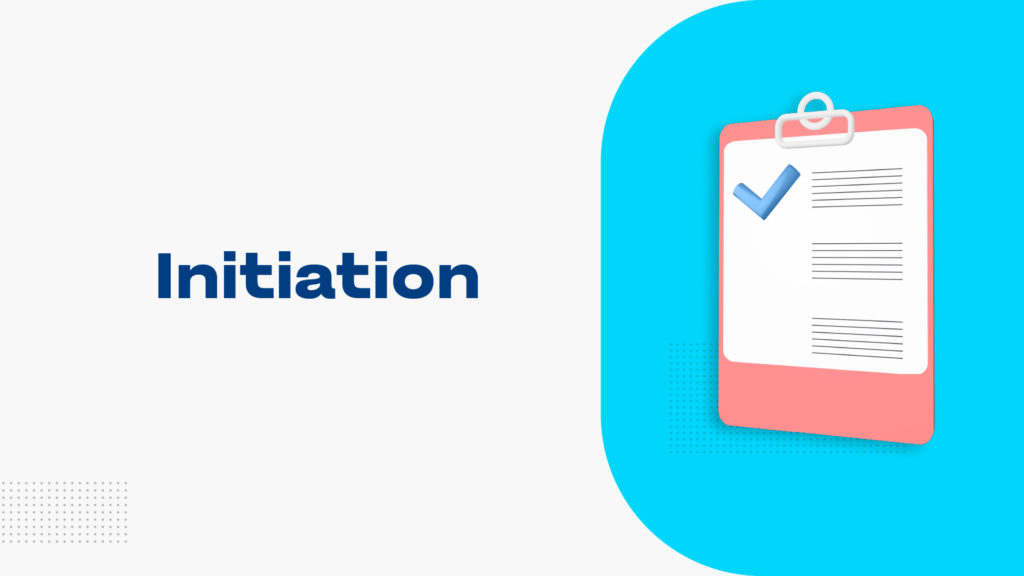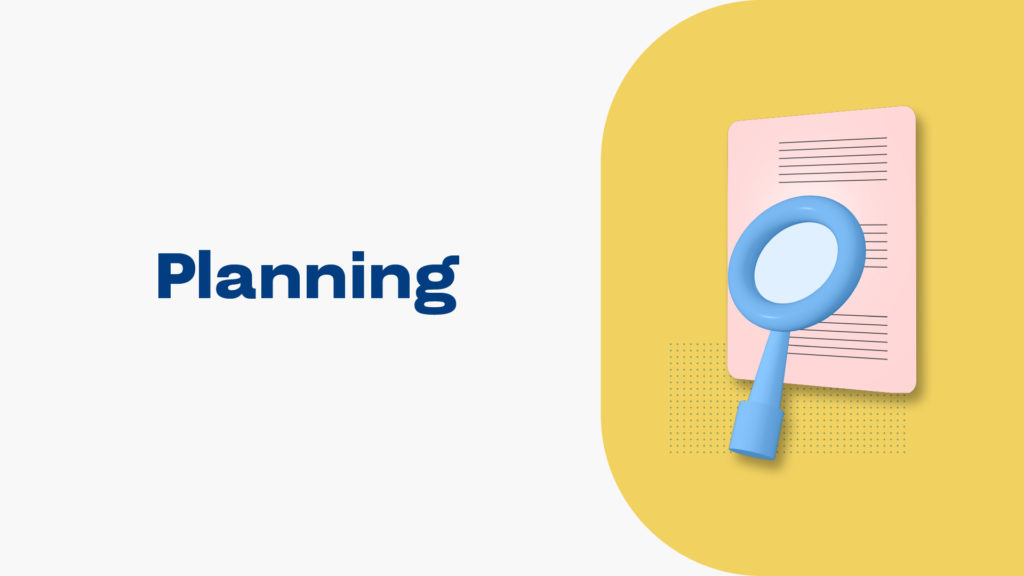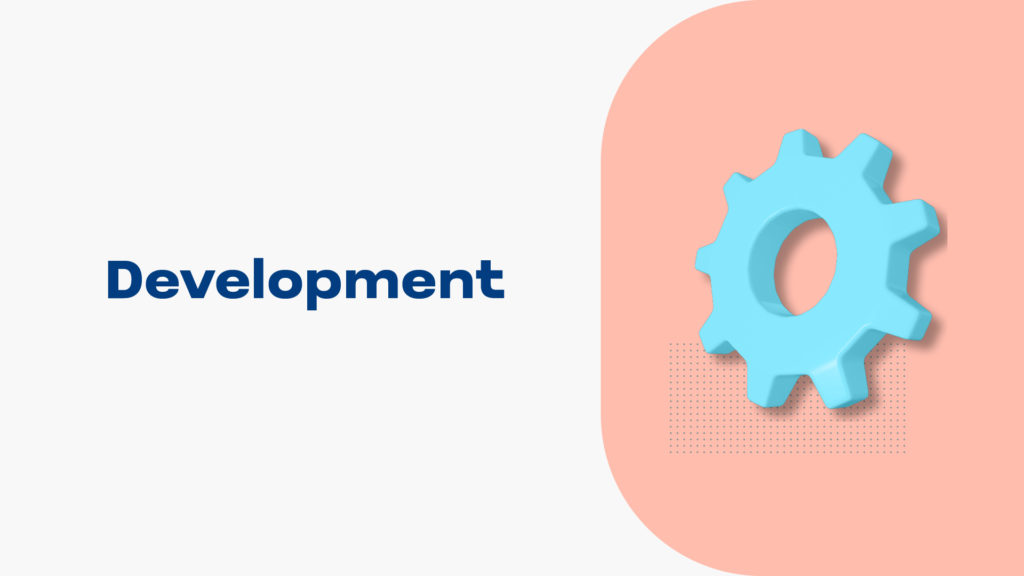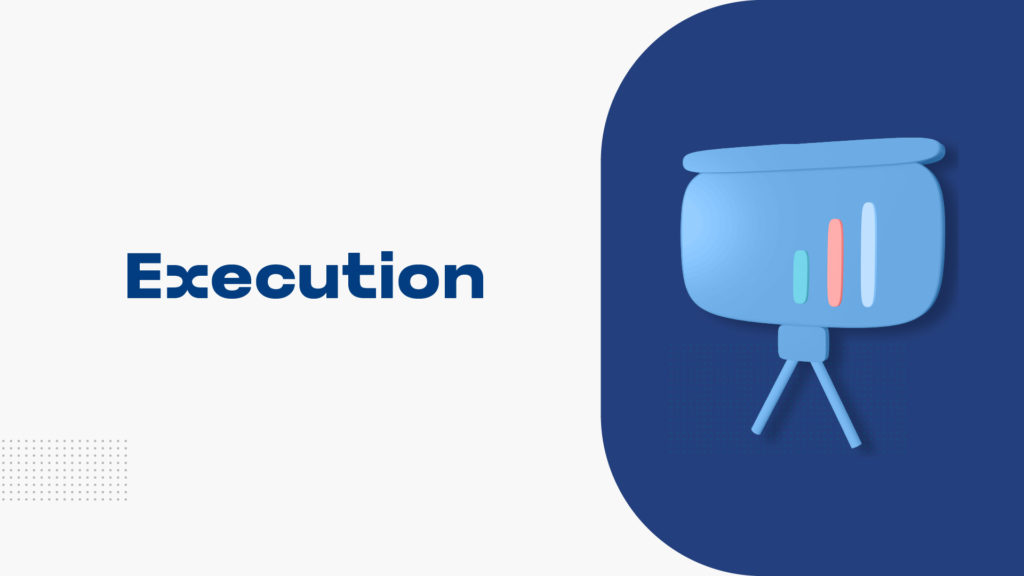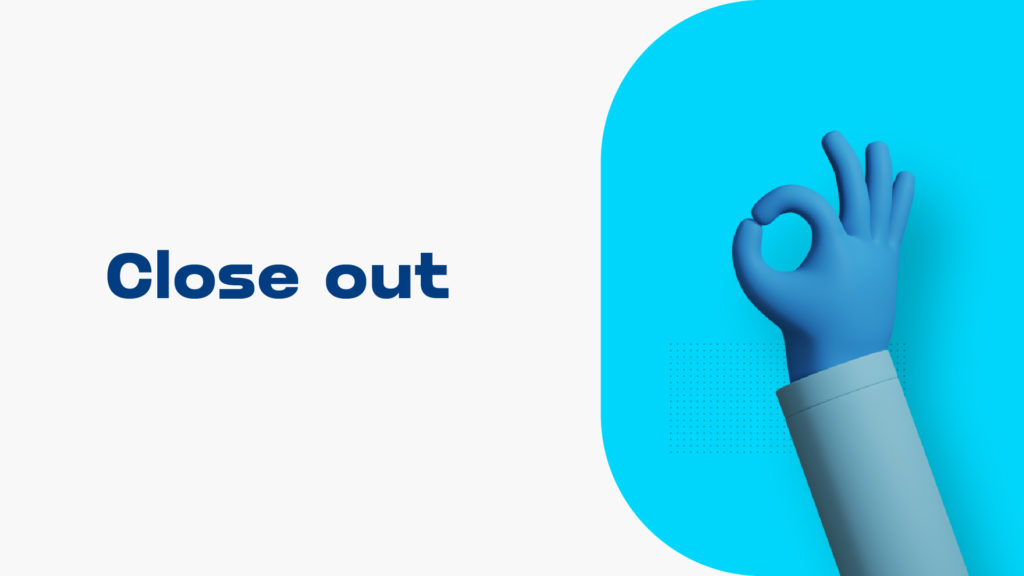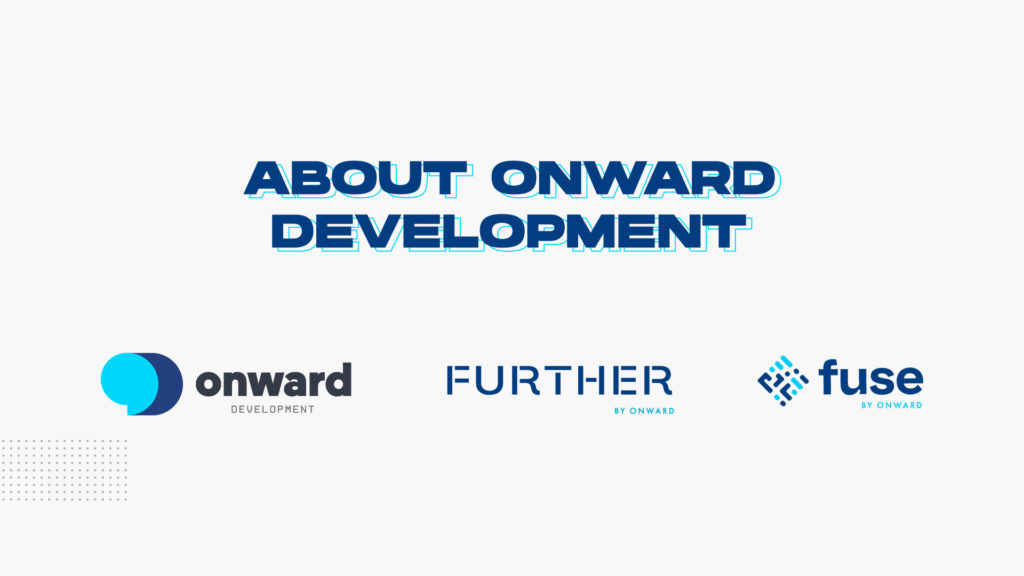This post is part of our series on how to improve home health care websites. You can view all the topics on the How to improve your home health website blog post.
Growing your home health agency is an excellent way to contribute to your community. You’ll simultaneously create new jobs for nurses and caregivers while providing care to those in need.
While there’s no secret recipe to achieve instant business growth, there are tactics you can use to drive traffic to your website, increase consideration of your services, and systematically increase the list of patients you serve.
There’s a lot of competition in the home health care industry, but the right business tactics can help you grow your business, serve your community, and emerge as an industry leader.
Begin Growing Your Agency With These 6 Digital Tactics
Whether you’re starting a new home health care agency or looking to build on your existing company’s success, rapid and sustainable growth are possible with the right tools and tactics.
Your digital properties including your website, app, and social media pages can be designed and used to help your agency stand out from the crowd and take your business to the next level.
#1 Social Media
90.4% of Millennials, 77.5% of Generation Xers, and 48.2% of Baby Boomers are active social media users. The average person spends about 3 hours a day on platforms including Facebook, Twitter, and YouTube. If you’re not using social media to reach your audience, you could be missing out on the opportunity to reach thousands of potential patients, nurses, and caregivers.
The key to effective social media marketing and engagement is taking the time to understand your audience, which platforms they frequent, and regularly posting content that resonates with them. If your posts aren’t driving much engagement now, try sticking to a regular posting schedule and varying the types of content you post.
Since 40% of people 65 years and older use Facebook regularly to see pictures of their grandkids, reconnect with old friends, read news, and find activities and events taking place in their community, you might consider starting with your Facebook page before moving on to other social networks.
Not sure what to post? Here are some ideas:
- Local events
- Patient testimonials
- Activities for seniors
- New patient webinars
- Health & nutrition information
- Updates to your app & website
- Exercises for those with limited mobility
- Live interviews with nurses & caretakers
Social media channels are ripe for building strong communities where people engage regularly, give feedback, and become loyal customers. Direct social media communication can be approached much like in-person networking where you engage in conversation, build trust, answer questions, and share valuable information.
When people respond to your posts or reach out with a question in social media, be personable in your response just like you would if they were to walk into your office.
Use their name to show they have your attention.
Address their question/comment before sharing more information about your home health care agency.
Share information and resources to help them understand their options.
Type out answers in addition to directing them to a page on your website.
Respond privately if personal information is needed.
Tip: Start with one social media account and invest your time and energy there instead of spreading yourself thin across all the channels at one time. Once you’ve established yourself on one you can begin adding others.
#2 Website
Every home health care agency absolutely needs a website to attract new patients and caregivers, but it’s not enough to just have a pretty homepage.
There is a lot that goes into designing and developing the experience a website provides to craft an attractive website that is easy to find, easy to use, and effective at driving new appointments.
In fact, 73% of companies invest in professional website design to help their home health care agency stand out from competitors. Does yours stand out?
Your website should be:
Fast! Studies show that you only have 3 seconds to make a first impression as 40% of visitors will leave your website if it takes longer than 3 seconds to load. A web development team can help you optimize your site to make it load faster.
On Brand. A website that’s consistent with your brand image and personality is much more effective that one that just looks nice. A well-branded website builds brand recognition and helps your home health care agency stand out from competition. Make sure to provide your web development team the branding assets they need to align your logo, colors, graphics, and voice across your website and app.
Search Engine Optimized. When a customer searches “home health care agency” in Google, you want your company to be at the top of that list. For that to happen, you need to optimize your website. Search engines look for many pages of relevant content that use the keywords customers are searching for. Your chosen web development team can help you manage the technical elements including, meta tags, title pages, image tags, and an updated business directory listing.
Mobile Optimized. 63% of home health care service searches begin on mobile devices including smartphones and tablets so it’s essential your website is optimized for these smaller screens. That might mean adjusting the text and image sizes on your existing website or designing an improved experience for mobile visitors including a collapsed menu or forms with fewer fields to complete.
Educational & Informative. Quality content that is relevant to customers will help improve your website’s SEO and establish your agency as a thought leader in the home health care industry. Use a variety of content to appeal to your audience including, photos, videos, blog posts, and FAQs. The more types of content, the more appealing you are to a varied audience.
Tip: Include images, videos, and blog posts that showcase positive reviews and testimonials to build trust with those who want to learn more about your home health care agency.
#3 Live Chat
Live chat has become the top support channel of choice for many potential patients. In fact, 41% of consumers prefer live chat support over any other customer service method. More importantly, the home health care industry is just starting to dip their toes into this highly effective tool, which means that any business using it will stand out.
Live chat, also called live support or chatbot, allows your business to have a real-time text conversation online with visitors to your website. The purpose is to allow a person to get immediate help, whether they have a question or would like to make an appointment.
Commonly found on retail websites, live chat is an innovative and powerful tool for a growing home health care agency.
How to Choose a Live Chat Tool
Choosing a reliable live chat tool is essential for success. While you can find live chat website plugins, a professional web development team will help you design, implement and even manage an intricate and beneficial live chat system.
If you’re ready to add a live chat tool to your website, consider these questions to help your chosen developer implement the best solution for your home health care agency.
Questions to consider:
- Should your live chat work on smartphones and tablets?
- Is your team ready to answer online questions in real time?
- Should live chat be available 24/7 or just during business hours?
- Would you like the ability to proactively reach out to your website visitors?
- Are you interested in automatically saving chat records and/or collecting data?
- Would you like to integrate it into your customer management and/or marketing software?
If you’d like your live chat tool to work around the clock, you’ll need to either have a customer service team that can respond 24 hours a day, 7 days a week or an automated response system. This is where hiring a web development team can make a big difference.
If you don’t have the staff to respond in real-time, a web developer can design your live chat tool to immediately respond to frequently asked questions, schedule appointments, and update profile information like a new address or phone number. Your automatic responses can be programmed to run 24/7 or just during the hours your customer service team is unavailable, like nights and weekends.
Modern live chat systems can also empower your home health care agency to initiate new conversations. For example, if a customer has visited multiple pages on your website pertaining to companion care, the live chat tool can alert your team to strike up a conversation. Simply reaching out to inquire about the care needed can give them the push they need to schedule appointments.
Offering live chat on your website will help improve the customer service experience your home health care agency provides, which will also set the tone for the quality of care a patient can expect to receive. As 56% of people admit they have stopped doing business with a company following a poor customer service experience, it’s essential your live chat tool is configured to offer excellent and reliable service.
Tip: If you implement live chat on your website, make sure that there is someone monitoring responses regularly to get the full customer support benefits. If you don’t have someone on your team who can manage it, there are 3rd party teams available to help. Ask your web developer to recommend a reliable team.
Download our white paper, “How to Grow Your Home Health Care Agency” now.

#4 Online Appointment Scheduling
What’s the most important factor that influences a patient’s decision making when scheduling an appointment?
51.3% of patients say convenience and access to appointment scheduling is the single most important factor. Online appointment scheduling makes it easy for new and existing patients to book care 24 hours a day, 7 days a week while also reducing the administrative tasks your team is involved in and providing a better experience for everyone involved.
Online scheduling can also be extremely beneficial to patients interested in scheduling multiple appointments and people who schedule care for their loved ones. It’s especially beneficial to those who may be hard of hearing and have trouble making appointments over the phone.
From a caregiver’s perspective, online scheduling also helps them streamline their daily schedules by allowing them to schedule based on their patient’s proximity to other appointments that day.
As digital resources, like online scheduling, become more prevalent in the health care industry, patients are beginning to prefer the ease and convenience of using these systems. Without an online scheduling tool, you may be losing out on new patients who would prefer to book online or don’t have time to call during normal business hours.
Tip: When looking to add an online scheduling system, talk to a web development team that specializes in home health care websites and apps. They can help you incorporate new online scheduling tools that include automated appointment reminders to help reduce no shows and late cancellations.
#5 Landing Pages
Another aspect of your web development should be the addition of landing pages. Your core website will have a lot of information, but landing pages allow you to target messages and improve interactions to achieve a specific goal such as scheduling in-home care following a surgery.
Landing pages are especially important if you invest in advertising. When advertising, associated landing pages should encourage viewers to do something very specific like schedule a consultation or download a brochure.
Landing pages can help drive traffic and improve SEO, but most of all, businesses use landing pages to generate new interest. In fact, 48% of marketers build a new landing page for each unique marketing campaign.
Tip: For an exceptionally effective landing page, make sure you work with your chosen developer to zero-in on the offer and focus on what you want people to accomplish. Remove any distractions or additional links.
#6 Mobile App
It might seem like a huge undertaking to consider building an app specifically for your home health care agency, but the ROI is definitely there for an app done right. By the year 2022, there will be 258 billion mobile app downloads, many home health care agency apps to improve access to care. Will yours be one of them?
An app can help your home health care agency:
Enhance the patient experience. Mobile apps are specifically designed for smaller screen sizes, so it’s easier and simpler for users to schedule appointments and set up automated medication alerts.
Provide easier access. Unlike your website, an app is always visible on a person’s screen so your services remain on their mind. Mobile apps can often be designed to open faster with a simplified experience to target specific needs such as accessing upcoming appointments.
Offer better care. Apps allow home health care agencies to have a direct relationship with customers by enabling communication wherever they are. Your app can be built to send push notifications reminding users of upcoming appointments, medication schedules, or test results.
Increase caregiver efficiency. Your app can be designed to make it easier for nurses and caregivers to self-select new patients, input care notes, get appointment reminders, access critical patient information, and get driving directions on the go.
Streamline operations. Apps can automate routine processes and improve workflows by tracking completed appointments and sending details straight to your payroll department to eliminate extra paperwork and processing time.
Tip: Work with your chosen website development team to ensure your app is worth downloading and offers the features that will help your home health care agency grow.
Get Ready to Grow Your Home Health Care Agency!
Growing your home health care agency can be done systematically with the right blend of innovative digital tactics and strategic marketing.
At Onward Development, we understand the importance of embracing digital technology to improve the patient experience, increase appointment bookings, encourage repeated use, and build brand loyalty and trust. As patient expectations grow, we’re here to help you take advantage of this prime opportunity to get ahead of your competition and grow your home health care business with a website and/or app.
Want to learn more ways you can encourage your home health care agency’s growth?
Download our white paper, “How to Grow Your Home Health Care Agency” now.

